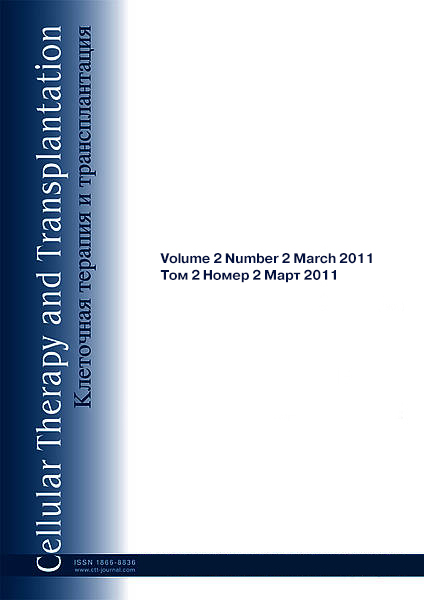Mechanisms of graft-versus-leukemia effects after allogeneic stem cell transplantation (videolection)
Hans-Jochem Kolb
Medizinische Klinik und Poliklinik III, Klinikum der Universität München-Großhadern, Germany
Correspondence
Medizinische Klinik und Poliklinik III, Klinikum der Universität München-Großhadern, Marchioninistrasse 15, 81337 Munich, Germany
E-mail: Hans.Kolb@med.uni-muenchen.de
Summary
Videolection
The lecture begins by describing the historical features of hematopoietic stem cell transplantation (HSCT), followed by the first clinical experiences with T cell-depleted allografts. A concept of adoptive immune therapy is proposed for chimeric organisms after T-cell depleted grafting, aiming for an increased graft-versus-leukemia (GvL) effect.
The efficiency of donor lymphocyte transfusions (DLT) was extensively tested, being more expressed in chronic myeloid leukemia (CML). The intensity of graft-versus-host disease (GvHD), generally correlates with GvL, and is thus associated with an anti-leukemic response. Hence, DLT is a useful means of achieving long-term molecular remission in CML, as confirmed by EMBT studies.
The clinical efficiency of post-transplant adoptive immunotherapy was shown in EBMT trials. This effect is more pronounced in CML, since malignant myeloid precursors supposedly produce antigen-presenting dendritic cells (DCs). Within the general mechanism of GvHD, a 'cytokine storm' may promote this type of immune response. DCs present MHC antigens to the CD8+ effector cells, thus providing them with a 'license to kill'. A clinical protocol was introduced on this basis, using a combined therapeutic schedule including GM-CSF and carefully timed DLT procedures.
A theory of evolving immune tolerance is also discussed, encompassing specific interactions between host DCs and donor CD25+ regulatory T cells. A concept of central (thymus-dependent) tolerance is developed, primarily for children undergoing therapy. Haploidentical transplants are therefore considered with respect to increased NK cell production, especially in acute lymphoblastic leukemia (ALL). A possible role of HLA mismatches and the association between chronic GvHD (cGvHD) and long-term GvL effects is discussed, such as the favorable role of cGvHD in CML, unlike ALL. Fractionation of mobilized peripheral blood cells with CD6+ cell depletion proved to be a useful immune modulation tool.
The significance of HLA mismatches is discussed in connection with modulation of NK activity; this is presumably dependent upon specific interactions between homozygous and heterozygous immune cells, either of donor or recipient origin.
Antiviral immunity is also discussed: in particular, generation of anti-EBV-specific cells and their in vitro and in vivo expansion, aiming for potential lymphoma prevention and control in clinical settings.
Meanwhile, GvL is postulated to proceed either via naïve or memory T cell populations, as illustrated by cases of double cord blood transplantations. The possible mechanisms of graft-graft interactions are discussed.
Hence, adoptive immune therapy in chimeric patients should be regarded as an effective accessory tool for eradication of leukemic cells – at least in some types of leukemia.
Keywords
chronic myeloid leukemia, adoptive immune therapy, dendritic cells, T cells, HLA mismatch, immune tolerance, antiviral immunity


